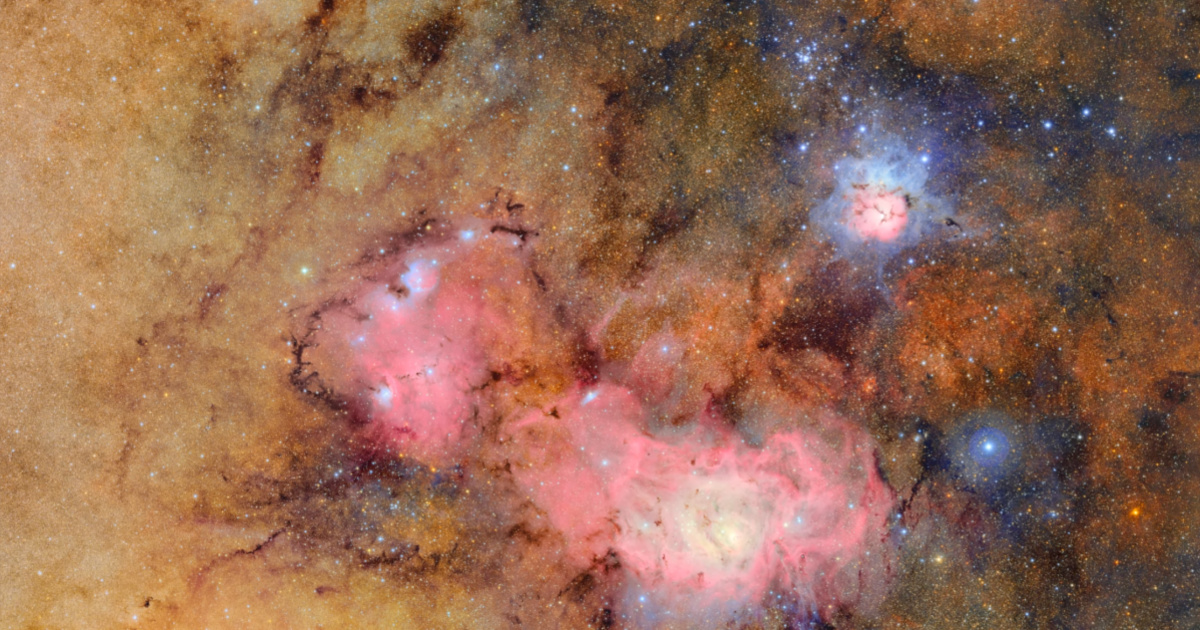
Vera C. Rubin Observatory
As technology improves by leaps and bounds, so does our understanding and glimpses into the depths of space.
The world’s largest digital camera has been two decades in the making, and is now installed in the Vera C. Rubin Observatory at the top of Cerro Pachón in Chile. It’s operational and has snapped it’s first images over a 10-hour window.
The camera has 201 imaging sensors, with each pixel measuring 10 microns wide. It has 3 focal planes that were installed in a vacuum chamber and sealed by 3-foot-wide lenses. The Legacy Survey of Space and Time (LSST) was completed early 2024, and is around the size of a small car.
It snaps 15-second exposures every 20 seconds and the optics can be manipulated for wavelengths from ultraviolet to nearly infrared.
The LSST arriving for installation in Chile was, according to project director Aaron Roodman, “a pivotal moment for the teams from all around the world who collaborated to design and build the camera. We will achieve a level of clarity and depth never seen before in images covering the entire southern hemisphere sky.”
Now, 678 captures that were taken over a 7-hour stretch are available for the first time. They are of “otherwise faint or invisible details” of the Trifid Nebula and the Lagoon Nebula. They also released some cool “first look” videos.
Željko Ivezic, director of Rubin Observatory Construction, is excited to share what they have been working on for so long with the world.
“Releasing our first scientific imagery marks an extraordinary milestone for NSF-DOE Rubin Observatory. It represents the culmination of about two decades of dedication, innovation, and collaboration by a global team. With construction now complete, we’re turning our eyes fully to the sky – not just to take images but to begin a whole new era of discovery.”
There is no doubt these images will be stunning for civilians to see.
Hopefully, they will reveal more of the universe’s secrets for those dying to know more about our origins, too.
If you thought that was interesting, you might like to read about a second giant hole has opened up on the sun’s surface. Here’s what it means.
Categories: NATURE/SPACE, SCI/TECH
Tags: · camera, Legacy Survey of Space and Time, lsst, nebula, newz, picture, science, single topic, top, Vera C Rubin Observatory

